I’ve only just noticed. Trekking – hiking, rambling, walking, call it what you will – has been changing over the last few years. An accumulation of little things, which together add up to a quiet revolution: Trekking 2.0.
Yet Trekking 2.0 is not just about electronic gadgetry. It includes what we wear, what we carry, and even what we do with and to our bodies.
Trekking 2.0 in eleven easy steps
1. Shea butter
One pair, two pairs, thin, thick, wool or synthetic, I had tried every combination of sock possible and still had blisters. Even socks with padded toes and heels made no difference. I also tried various prophylactics. Sheep’s wool between the toes, recommended by an Australian, didn’t work (and it stank to high heaven by the end of the day). Vaseline. It works well for a week or so but no longer. Then my podiatrist suggested Nok anti-chafing cream. Based on shea butter, it is used in many beauty products and makes skin softer, all the better to harden up slowly. I walked 800km last summer without blisters.
2. Hyaluronic acid
MRI scanner by Jan Ainali
It’s like Botox, often used to remove wrinkles, but I was recommended it for knee pain. An MRI scan had revealed damaged knee cartilages so my doctor sent me for a course of injections. The trade name in France is Go-On! It did the stuff, but now, having discovered Nordic walking, I think I could have done without it.
3. Walking poles and Nordic walking
Walking poles are something you buy just before your Zimmer frame. Or so I thought until I saw a friend forging down a steep slope, poles flashing as if she were rowing down a torrent in a boat. I couldn’t keep up. “It’s a Nordic walking technique but you don’t need Nordic poles,” she explained. I now have two carbon fibre trekking poles. They aren’t cheap but they stow away in my rucksack when I need to use my hands and they only weigh 128g each.
But it’s not really a question of speed. The great advantage of poles used correctly is that they take the pressure off the knees. The weight of that rucksack – always too heavy – passes through your arms and the poles instead.
4. Compeed
Compeed hardly needs introducing but this video explains when and how to use it properly. Pop the blister, clean up, apply the Compeed, stick it on with paper medical tape, forget it. On the other hand, prevention (shea butter) is better than cure.
5. Shoes
Shoes not boots. My first boots were made of leather and studded with hobnails like a skinhead. But like many walkers I discovered Vibram soles and Gore-Tex uppers a long while ago. My mistake was to think that I needed ankle support. Then, this year, walking the Pyrenean Haute Route I met a group of twenty-something Americans who had just done the 4200km Pacific Coast Trail. They were wearing shoes! I changed my boots, knocking 456g off the weight on my feet. Still too heavy, but I wanted to be able to attach crampons. I have to confess, I’m not really up to speed here; more Trekking 1.5 than 2.0. But I haven’t twisted my ankles. My next purchase will be real shoes.As Chris Townsend wrote in The Advanced Backpacker (2001):
“The often quoted adage that a pound on your feet equals five on your back is true in its overall implications, even if the specific figures aren’t necessarily accurate. I discovered that on the Pacific Crest Trail when I ended up carrying my 5-pound boots and hiking in my 17-ounce running shoes. Although I could feel the addition to my load, the boots were less tiring to carry on my back than to wear on my feet.”
6. Cuben fibre
Zpack lightweight rucksack
My first rucksack had a cast iron A-frame. There was an interesting stain on the canvas. Was the soldier who carried it into battle at El Alemein also Army Surplus? Many rucksacks later, I began to realise that the container itself was often a large proportion of the weight on my back. Then along came cuben fiber (now called Dyneema Composite Fabrics) for ultra-light rucksacks, tarps, tents…
My current rucksack, a Zpack Arc Blast has now completed the Spanish Senda Pirenaica and the Pyrenean Haute Route as well as many other day hikes.When it wears out I’ll get another. It weighs 595g.
7. Micro-filters and purification tablets
I used to carry 3 litres of water some days. Now I carry 3 water purification tablets, weighing less than 1g. Micro filters are heavier but the result tastes better.
8. GPS
The GPS revolution started on 2 May 2000 when the US made satellite positioning available. But GPS usage has evolved considerably since. A Frenchman told me this year: “I used to rely on guidebooks. Now I can make up my own routes, away from the crowds. Walking has become a different experience.” On a mobile phone or on a dedicated device, this is the real advantage of a GPS. Freedom to wander off the beaten track, having planned it beforehand on your computer. Knowing that you are never lost. See my article on How to use a GPS for walking.
9. Personal Locator Beacons (PLBs)
Technology isn’t putting its feet up: there’s more to come. One next-generation device, particularly interesting for solo walkers, is the PLB. Once activated, it calls up emergency services by satellite, giving them your location. The only disadvantage is that you need to be conscious. And the price, from about $250 (weighs 153g)
10. Social Hiking
Satellite Tracking systems are destined to become the Twitter of always-on generation of walkers. If I’m thinking of joining them, it is because they combine fun and safety. With a PLB, you put it into your rucksack and hopefully never use it. Satellite tracking devices can also be manually activated to call the emergency services but in addition they can be used to reassure those at home by pinpointing your location on a computer screen. If you haven’t moved for many hours, it could be that you are unconscious after an accident. The disadvantage of satellite tracking is that they are currently less powerful than PLBs so need a good view of the sky. But they allow you to share your experience…
There seem to be two main alternatives: the Spot G3 (weight 114g) and the Delorme inReach range. InReach has more features and more interactivity, allowing two-way communication. The Explorer weighs 200g. Trekking 3.0 here we come!
11. Ultra-light
But perhaps the biggest change for me has not been technology-driven at all. Weight reduction, on my back, on my feet and around my midriff has become the holy grail of my quest for Trekking 2.0. Buzz Aldrin is my god…


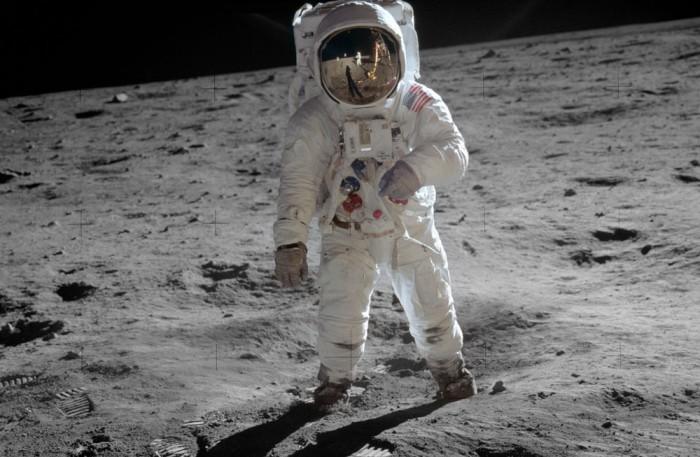

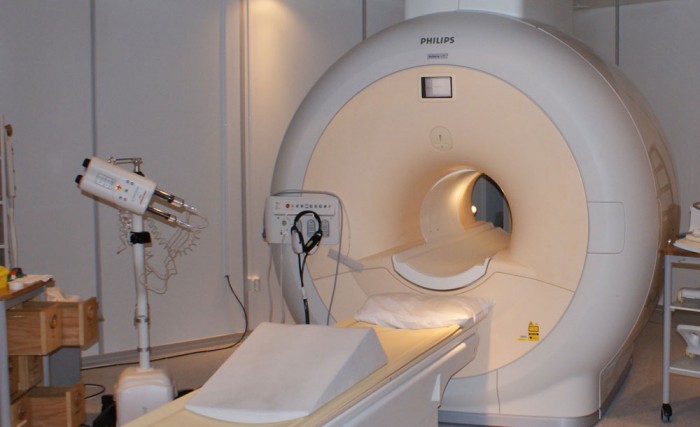

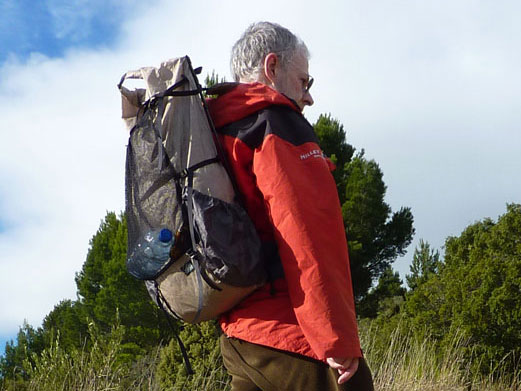

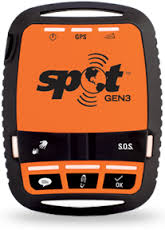
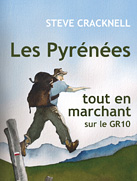
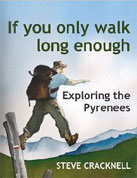





Footprints on the mountains